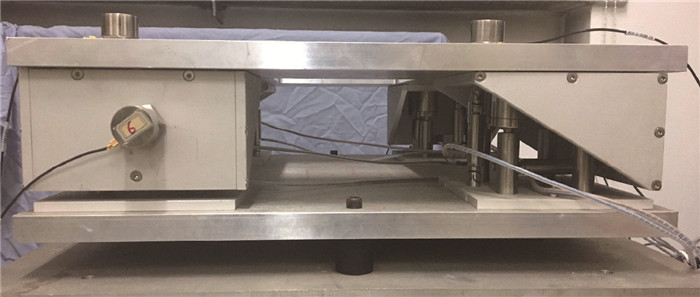For better performance in cooperative task planning, a multi-platform task planning method is proposed with the high efficient Artificial Potential Field (APF) method. For the coupling problem of task assignment and path planning in task planning, two decoupling frameworks are presented, namely Decoupling with Independent path planning (ID) and Decoupling with Direct distance (DD). The objective function of task assignment is constructed considering the sum of target value, range of distance between platform and target, and sum of distance between platform and target, and is solved with genetic algorithm. By presenting circulating APF, the no-solution problem of traditional APF method caused by local-minima is avoided, and the simultaneous arrival control strategy and path confliction avoidance strategy are proposed for path planning of multi-platform simultaneous arrival. The simulation is conducted in different scenarios with coupling method, ID and DD. And the path planning results of traditional APF and circulating APF method are also compared. The results suggest that, decoupling methods can reach results close to coupling method but with less time cost than coupling method. And compared with traditional APF method, circulating APF method is characterized with better solution feasibility and path performance. For method application, it is recommended that ID method is used in big block obstacle scenarios for better precision, and DD method is used in sparse obstacle scenarios for better efficiency.



